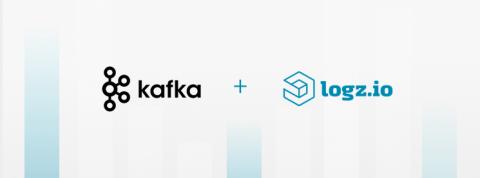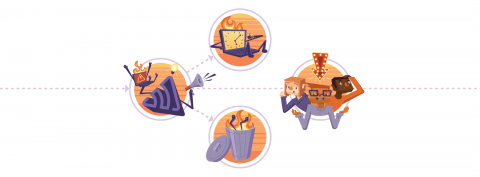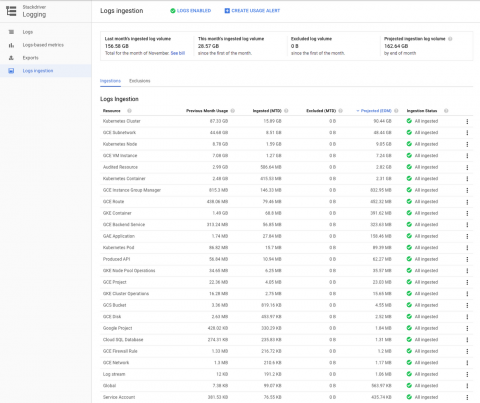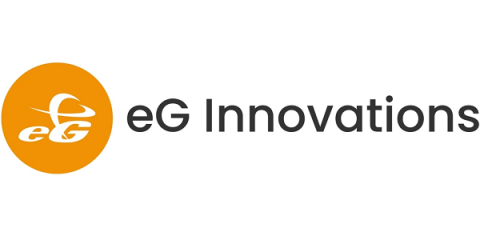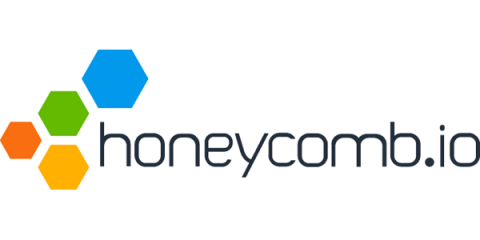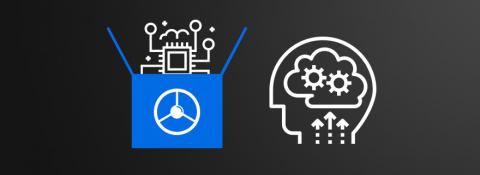Automate Resource Adjustments for Amazon EC2 with Opsgenie Actions, A Use Case
Opsgenie Actions enable you to automate manual, repetitive tasks so that your resources are freed up to concentrate on higher-value work. This blog post is the second in a series of use cases in which we discuss how Opsgenie works with various third-party automation platforms to automate these traditionally manual tasks—right from the Opsgenie console or mobile app— to reduce interruptions for your on-call responders, and ultimately help your bottom line.



